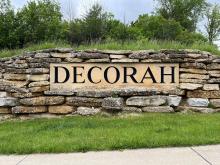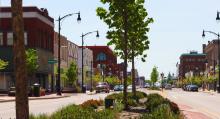By
on
Update: You can also watch the video over at the Huffington Post, in our first post as a HuffPo blogger.
While we were battling Time Warner Cable to preserve local authority in North Carolina, we developed a video comparing community fiber networks to incumbent DSL and cable networks to demonstration the incredible superiority of community networks.
We have updated the video for a national audience rather than a North Carolina-specific approach because community fiber networks around the country are similarly superior to incumbent offerings. And community networks around the country are threatened by massive corporations lobbying them out of existence in state legislatures.
Feel free to send feedback - especially suggestions for improvement - to broadband@muninetworks.org.
Without further ado, here is the new video comparing community fiber networks to big incumbent providers:
Geoterm







